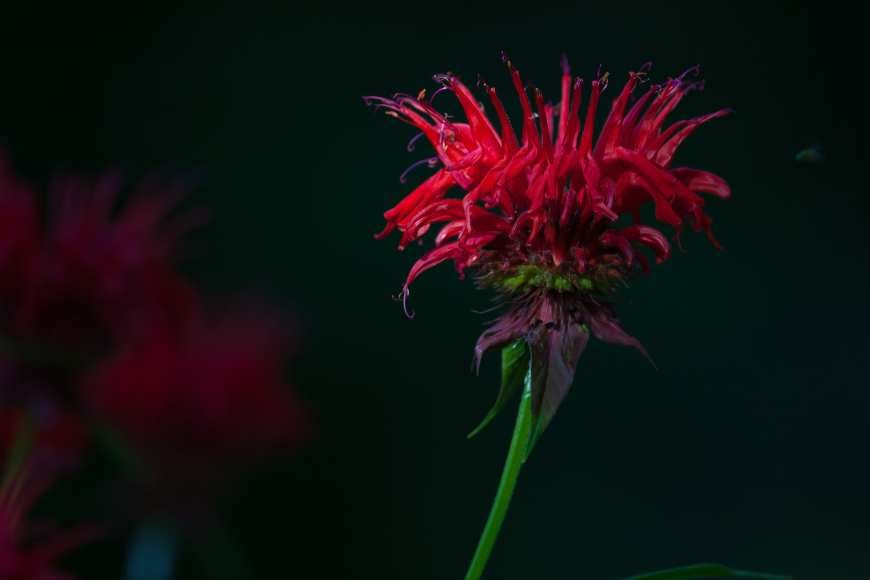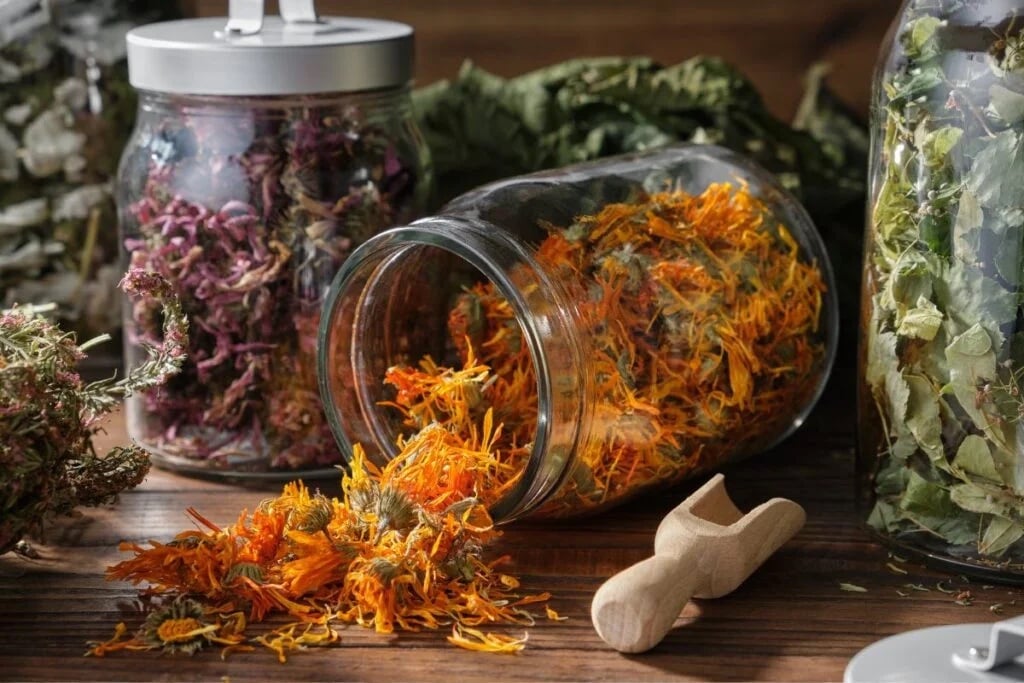Blue bee balm has been used by humans for centuries. This long-lived plant doesn’t just look good, it also has plenty of benefits.
Read on to learn more about the benefits and side effects of bee balm tea.
Blue Bee Balm Overview
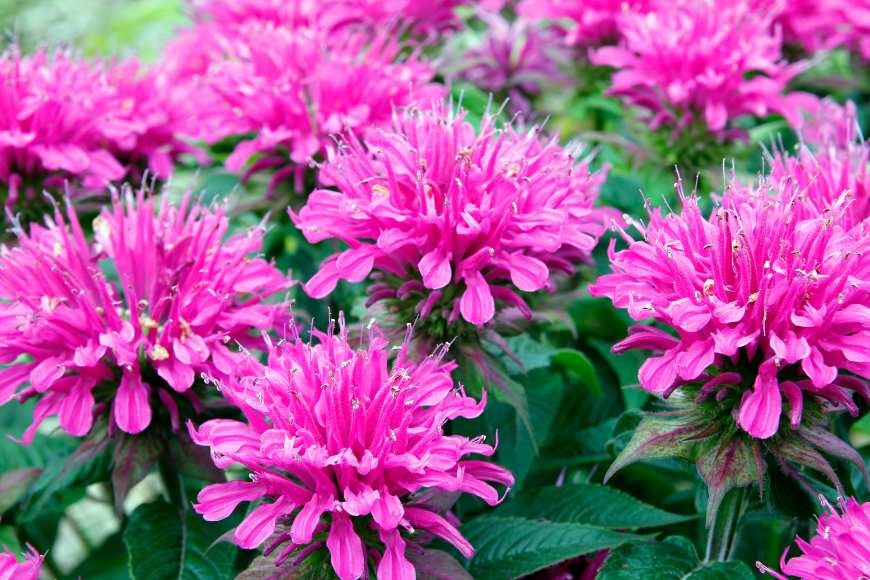
Blue bee balm is part of the mint family. You can find the purple bracts of this perennial garden plant all over North America.
Blue bee balm was commonly used by Native Americans for medicinal purposes. Also, Its minty flavor is a big reason why you’ll love the tea it produces.
You may have heard of blue bee balm tea before under the names bergamot, Oswego, and horsemint tea.
How to Make Blue Bee Balm Tea
You can either buy ready-to-brew blue bee balm leaves or you can grow your own bee balm at home. If you’re the DIY type, you probably prefer the second option.
In that case, wait until your bee balm flowers are newly opened, and then pick them. Fresh and dried bee balm are perfect for making tea.
We prefer drying it though.
Drying bee balm involves putting small bundles of its leaves and flowers in paper bags and stowing them away in a dry place with good air circulation. Once your bee balm is all dried out, boil some water and brew your delicious herbal tea.
Benefits of Blue Bee Balm Tea
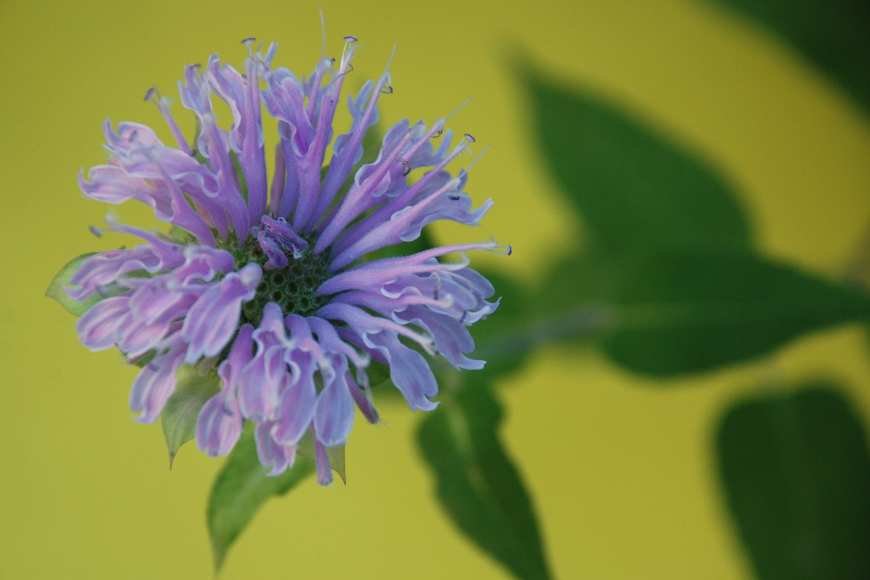
There’s a reason why Native Americans were so keen on blue bee balm tea. Not only is it a delicious and refreshing beverage, but it also has plenty of health benefits.
Here are some of them:
1. Helps With Respiratory Illnesses
A cup of hot bee balm tea does wonders for you when you’re dealing with an upper respiratory condition, such as colds and flu.
Whether you drink it or apply it topically to your chest and throat, bee balm tea’s antiseptic properties reduce mucus.
You know what’s even better?
Bee balm tea promotes sweating. When you sweat more, this helps bring down your fever. This is why Native Americans used this tea as an effective treatment for fever and chills.
2. Soothes Menstrual Cramps
Bee balm tea is also just what the doctor ordered for ladies on their period. It helps ease the pain of menstrual cramps.
3. Relieves Arthritis Symptoms
If you suffer from arthritis, bee balm tea can help relieve the symptoms of your rheumatic joints. It does so by raising blood flow to these joints and flushing out toxins faster.
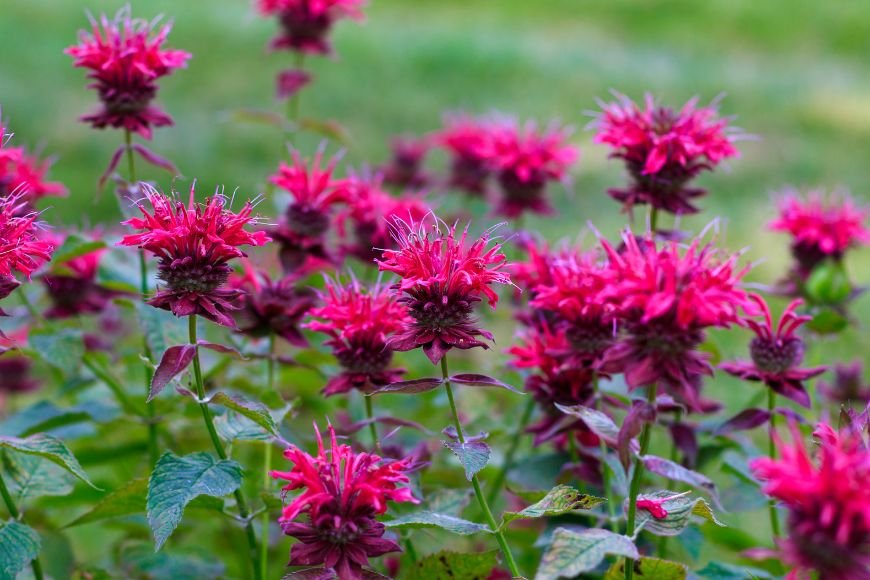
4. Treats Stings, Bites, and Wounds
If you’ve been stung or bitten by an animal or insect, applying bee balm tea directly on the affected area can help soothe the pain and clean the wound.
Thanks to its high thymol content, bee balm is antiseptic and prevents wound infection.
5. Treats Indigestion and Nausea
Feeling a bit gassy after a large meal? A warm cup of bee balm tea can help you with that. It also helps treat nausea and indigestion in general.
6. Can Be Used For Aromatherapy
Have the past few days been hard on you? If they have, you may feel drained and burnt out.
How about a soothing aromatherapy session to get your mind right?
Mix some dried bee balm with your hot bath water, lose yourself in the herb’s amazing aroma, and thank us later.
Side Effects of Blue Bee Balm Tea
In some cases, using blue bee balm tea isn’t all rainbows and sunshine.
Here are some side effects you may experience:
1. Allergic Reactions
Before you indulge in bee balm tea, you should first make sure you’re not allergic to it. If you are, you may experience redness, burning, or stinging.
Don’t worry though, allergic reactions to bee balm are usually mild.
Yet, they may be severe in some cases. You should rush to the hospital immediately if you experience itching or swelling, particularly in your face, tongue, or throat.
Other troubling symptoms are shortness of breath and severe dizziness.
2. Menstrual Issues
If you’re pregnant or have menstrual problems, you should probably stay away from bee balm tea. If you drink it, it may make the symptoms worse.
Frequently Asked Questions
Here are some questions people commonly have about blue bee balm:
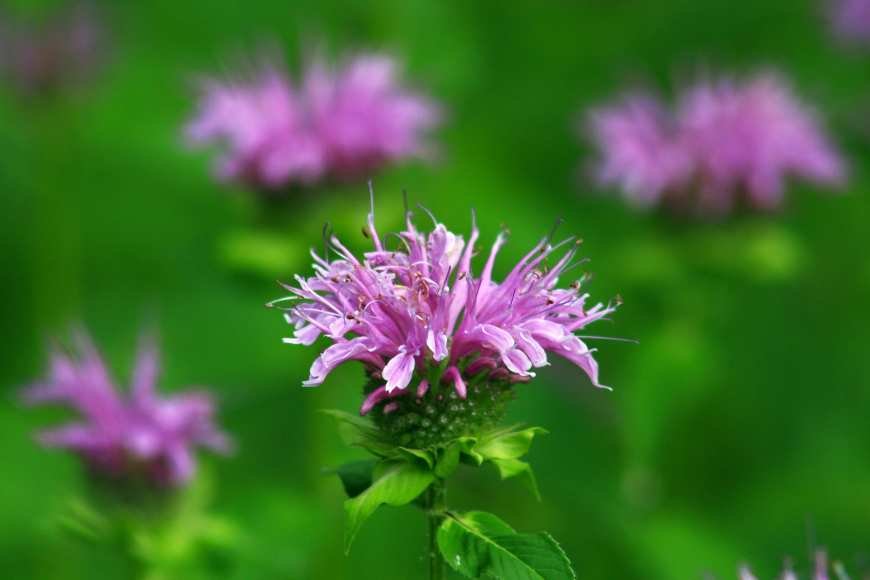
Can you grow blue bee balm at home?
If you’re not one for buying ready-made herbal teas and ointments, you can grow your own blue bee balm supply in your backyard.
These plants thrive in moist, well-drained soil. Make sure to also give your bee balm the right light conditions. They prefer partial shade but also grow well in direct sunlight.
Is blue bee balm a universal herbal medicine?
People use bee balm tea and ointments to treat all kinds of ailments. If you’re feeling gassy or experiencing nausea, bee balm tea can work wonders. It’s also great for relieving menstrual cramps.
Have a sore throat? A cup of blue bee balm tea will clear that right up.
What does blue bee balm tea taste like?
Many people fall in love with blue bee balm tea before they even take a sip. This is thanks to its rich smell and lovely magenta color.
When you do indulge in it, you’ll taste a combination of basil, mint, and oregano, with a hint of refreshing menthol.
How can I buy bee balm?
You can find bee balm plants for sale on plenty of e-commerce platforms. Use your email address to create an account and make your plant purchase. Don’t forget to take into account the shipping cost in addition to the plant’s price though.
Once you make your order, you’ll get an email confirmation with an arrival estimate. You’re likely to receive your plants in 2-3 business days.
Conclusion
For all you plant lovers out there, if you haven’t tried blue bee balm tea, you should!
Not only does it taste amazing, but it also has a lot of health benefits.
Make sure you’re not allergic first though!
